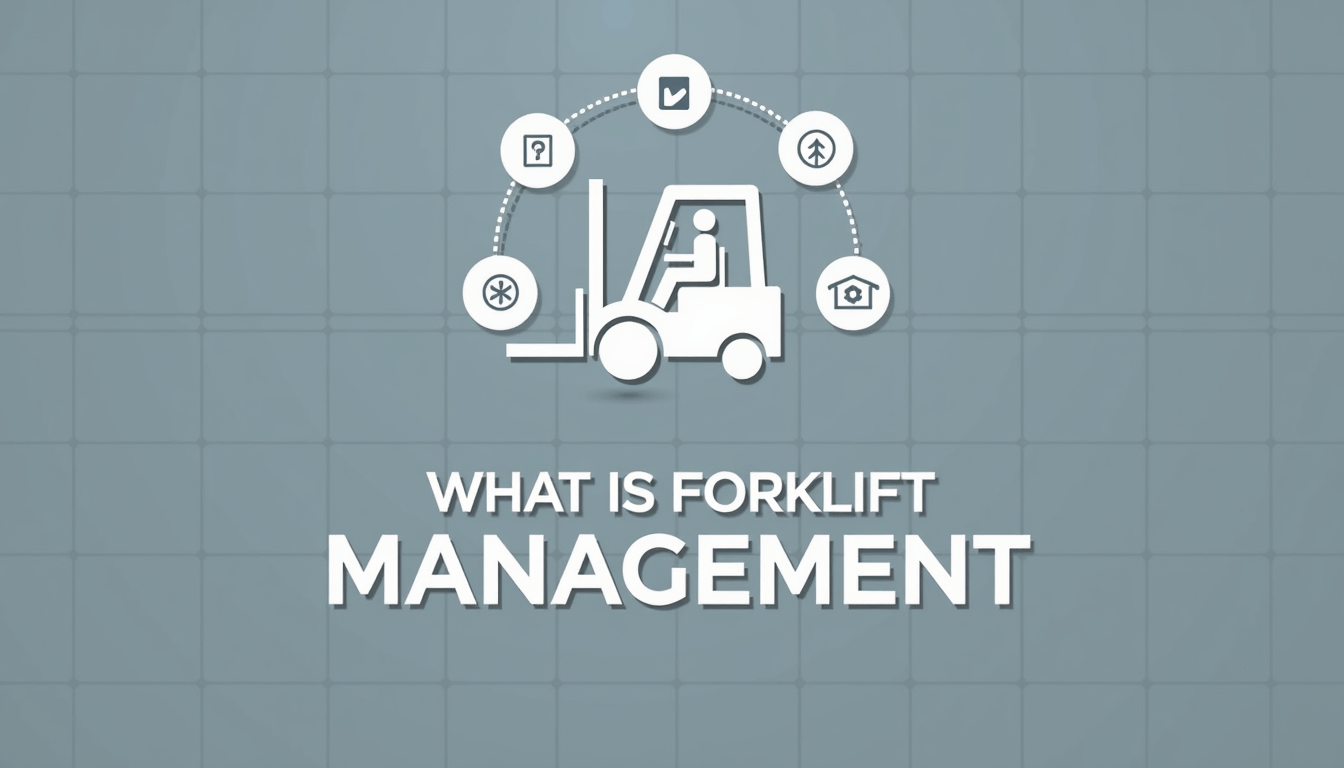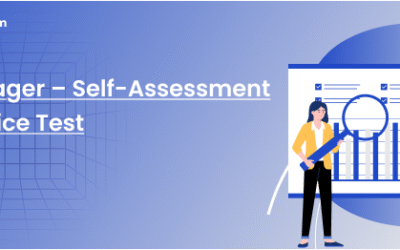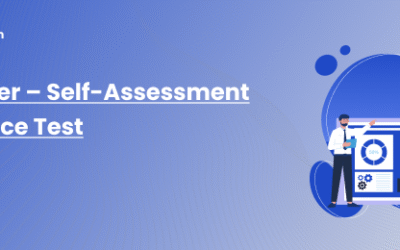What is Forklift Management
In the world of logistics and warehouse operations, efficient forklift management is essential to keep things running smoothly. But what exactly does it entail? Forklift management is a comprehensive process that involves overseeing all aspects of forklift use, including maintenance, operator training, safety protocols, and utilization tracking. This enables businesses to optimize productivity, minimize downtime, and ensure the safety of both personnel and inventory.
With a robust forklift management system in place, companies can better analyze and control costs associated with forklift operations, improve operational efficiency, and reduce the risk of accidents and damage to goods. By implementing advanced technologies such as forklift fleet management software and telematics, businesses can gain real-time insights into their forklift operations, allowing them to identify areas for improvement and make data-driven decisions.
Whether you have a small fleet of forklifts or a large-scale operation, effective forklift management is key to maintaining a competitive edge in the fast-paced world of logistics. So, if you’re looking to boost productivity, enhance safety, and streamline your warehouse operations, it’s time to take a closer look at forklift management.
The Importance of Forklift Management
When it comes to warehouse and inventory management, forklifts play an indispensable role in the movement of goods. The importance of forklift management cannot be overstated, as it directly impacts efficiency and the bottom line. A well-managed forklift fleet can reduce operational costs, enhance safety, and ensure timely delivery of products.
Efficient forklift management also contributes to the longevity of the machinery. With regular maintenance and proper handling, forklifts can perform at their best for longer periods, thereby maximizing the return on investment. Proper management also mitigates the risks of unexpected breakdowns and costly repairs.
Furthermore, it’s not just about maintaining the machinery itself; it is also about managing the human element. Ensuring that operators are well-trained and compliant with safety standards is critical to prevent accidents and injuries in the workplace. Thus, a comprehensive forklift management plan is crucial for the welfare of employees and the protection of assets.
Common Challenges in Forklift Management
Despite the clear benefits, forklift management comes with its set of challenges. One of the most common hurdles is keeping up with the maintenance schedule. Ensuring that each forklift in the fleet receives timely maintenance is crucial, yet often challenging due to operational demands.
Moreover, another significant challenge is the proper utilisation of the fleet. It’s not uncommon to find that some forklifts are overused while others remain idle, leading to uneven wear and tear. Balancing the workload effectively across the fleet requires a strategic approach and meticulous monitoring.
Safety is another area that presents challenges. With the pressure to maintain productivity, there can be a tendency to overlook safety protocols. However, this can result in severe accidents and costly legal implications. Ensuring that all operators adhere to safety standards without compromising efficiency is a delicate balance that must be maintained.
Forklift Management Best Practices
To overcome the challenges of forklift management, several best practices should be implemented. First and foremost, a regular maintenance schedule must be strictly adhered to. This not only includes routine checks but also comprehensive servicing by qualified technicians. Preventive maintenance can catch potential issues before they become serious problems.
Effective utilisation of the fleet is another best practice. This involves evaluating the workload and matching it with the appropriate machinery. Utilisation tracking tools can help monitor which forklifts are being used, when, and for what purposes, enabling managers to make informed decisions about deployment.
A culture of safety should be entrenched within the organisation. Regular training sessions, safety drills, and clear communication of safety protocols are essential. Encouraging a safety-first approach and recognising employees who adhere to high safety standards can foster a more secure working environment.
Forklift Maintenance and Safety
Maintenance and safety are two pillars of forklift management that are deeply interconnected. A well-maintained forklift is less likely to malfunction, which in turn, reduces the risk of accidents. Therefore, a stringent maintenance regime is fundamental for safety.
Maintenance should cover everything from the brakes and steering system to the mast and lifting mechanisms. Batteries and fuel systems also require regular checks, especially in electric and gas-powered forklifts, respectively. Keeping detailed records of maintenance activities helps in tracking the health of each vehicle and planning future maintenance work.
From a safety perspective, not only should the forklift be maintained, but the operating environment should also be kept safe. This includes ensuring that aisles are clear, surfaces are free of slip hazards, and signage is adequate. Regular safety audits can help identify potential risks that need to be addressed.
Forklift Management Software and Technologies
Advancements in technology have introduced new tools to aid in forklift management. Fleet management software allows for real-time monitoring of forklifts, providing valuable data on usage patterns, maintenance needs, and operator behaviour. This data can be leveraged to improve scheduling, predict maintenance, and enhance overall productivity.
Telematics systems go a step further by offering detailed insights into vehicle operation. They can track everything from speed, idle times, and impacts, to fuel consumption. This information is vital for identifying inefficiencies and training needs, as well as for fostering accountability among operators.
Additionally, technologies such as automated guided vehicles (AGVs) and robotics are beginning to transform warehouse operations. These automated solutions can work alongside human operators to increase productivity and reduce the strain on the workforce.
Training and Certification for Forklift Operators
Proper training and certification for forklift operators are not just legal requirements; they are essential components of an effective forklift management strategy. Comprehensive training programs ensure that operators are equipped with the knowledge and skills to operate forklifts safely and efficiently.
Certification also serves as a validation of an operator’s competencies. It assures management that the individual is capable of handling the machinery in compliance with the latest safety regulations. Ongoing training and re-certification are also important to keep operators updated on best practices and new regulations.
Beyond the basics, operators should be trained in specific areas such as load management, battery or fuel handling, and emergency response. A well-trained operator is not only an asset in terms of productivity but also a crucial factor in maintaining a safe work environment.
Cost-effective Forklift Management Strategies
While forklift management is essential, it must also be cost-effective. One strategy to manage costs is to conduct a cost-benefit analysis of leasing versus buying forklifts. Leasing can offer flexibility and lower upfront costs, while purchasing may be more economical in the long run for stable, high-use operations.
Another cost-saving measure is to implement an energy-efficient fleet. For example, switching to electric forklifts can reduce fuel costs and maintenance expenses. Moreover, investing in high-quality machinery with a proven track record of reliability can decrease the frequency and severity of repairs.
Implementing a robust inventory management system can also help in reducing costs. By accurately tracking inventory, businesses can avoid overstocking and reduce the need for excessive movement of goods, thereby decreasing the workload on forklifts and extending their service life.
Outsourcing Forklift Management Services
For some businesses, managing a forklift fleet in-house can be overwhelming. Outsourcing forklift management services can be a viable solution. Third-party logistics providers (3PLs) offer comprehensive forklift management services, including maintenance, training, and fleet optimisation.
Outsourcing can provide access to expert knowledge and the latest technologies without the need for significant capital investment. It also allows businesses to focus on their core operations, leaving the complexities of forklift management to the specialists.
However, it’s important to choose a reputable provider with a track record of excellence in forklift management. Transparency, communication, and a clear understanding of the business needs are critical factors to consider when selecting a forklift management service provider.
Conclusion
Forklift management is a multifaceted discipline that is critical to the success of logistics and warehouse operations. It encompasses maintenance, safety, operator training, and the integration of advanced technologies. By addressing the common challenges and adhering to best practices, businesses can ensure their forklift operations contribute positively to their overall productivity and safety record.
Investing in the right software and technologies, ensuring that operators are well-trained and certified, and considering cost-effective management strategies are crucial steps. For some, outsourcing will offer the benefits of expertise without the demands of managing the fleet internally. Whatever the approach, effective forklift management is indispensable in today’s competitive marketplace.
By recognising the importance of forklift management and implementing a robust system, companies can reap significant rewards, including enhanced efficiency, improved safety, and a healthier bottom line. It’s an investment that pays dividends in the smooth operation of warehouse and logistics activities, and ultimately, in customer satisfaction.




